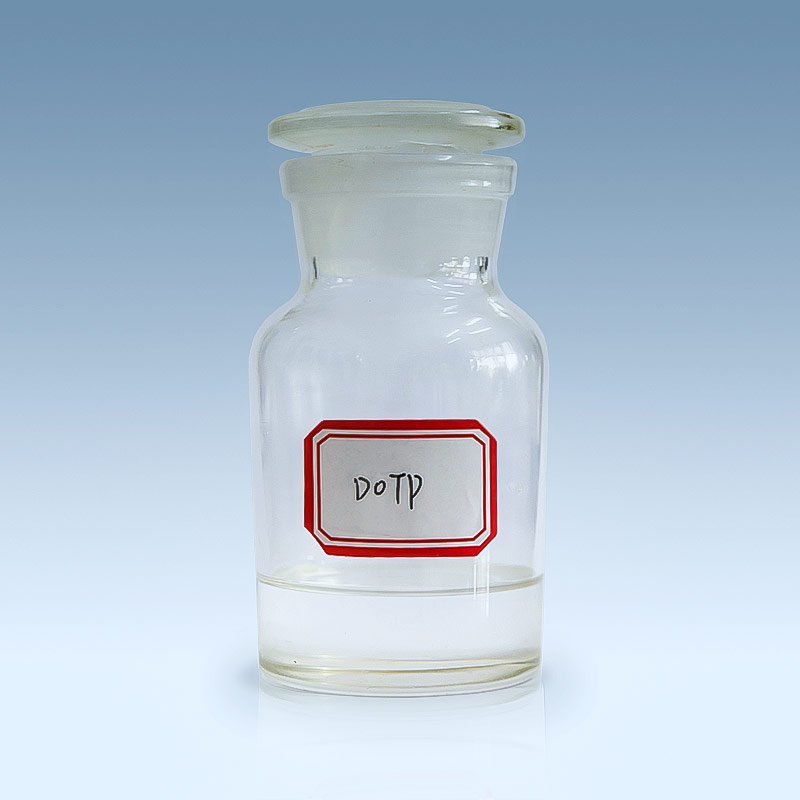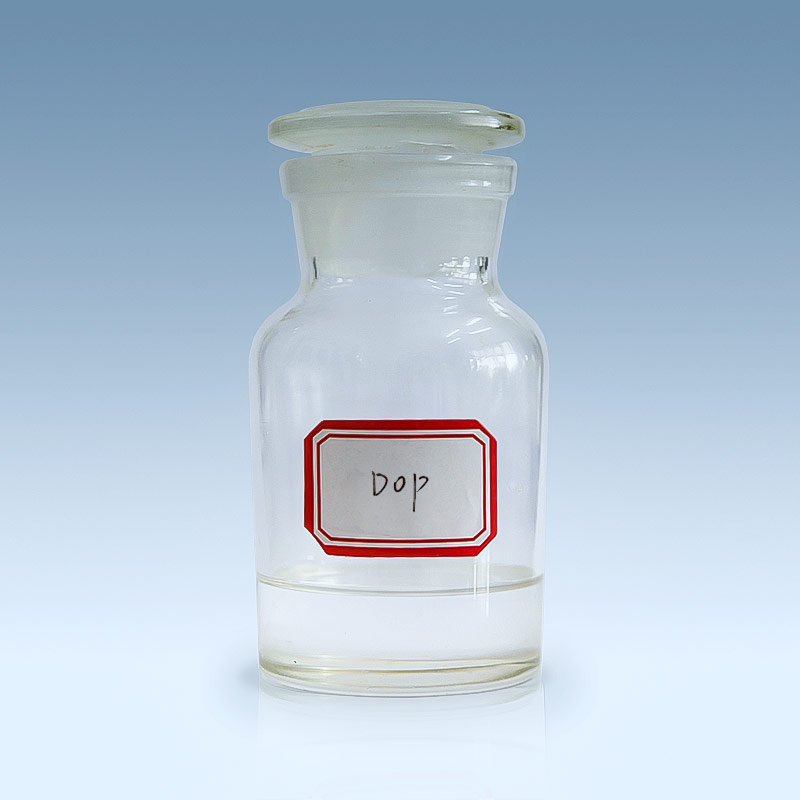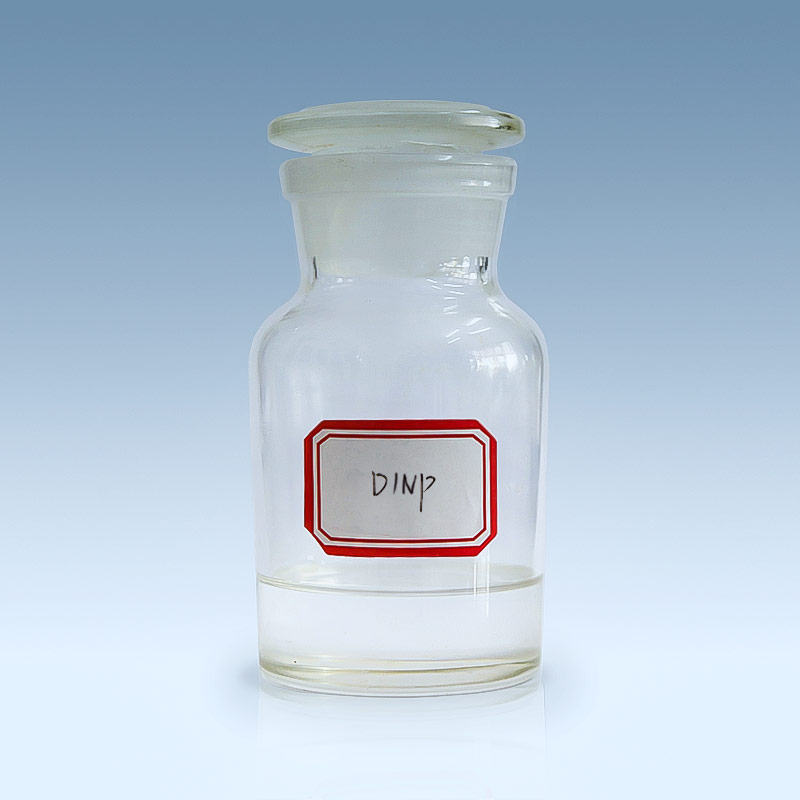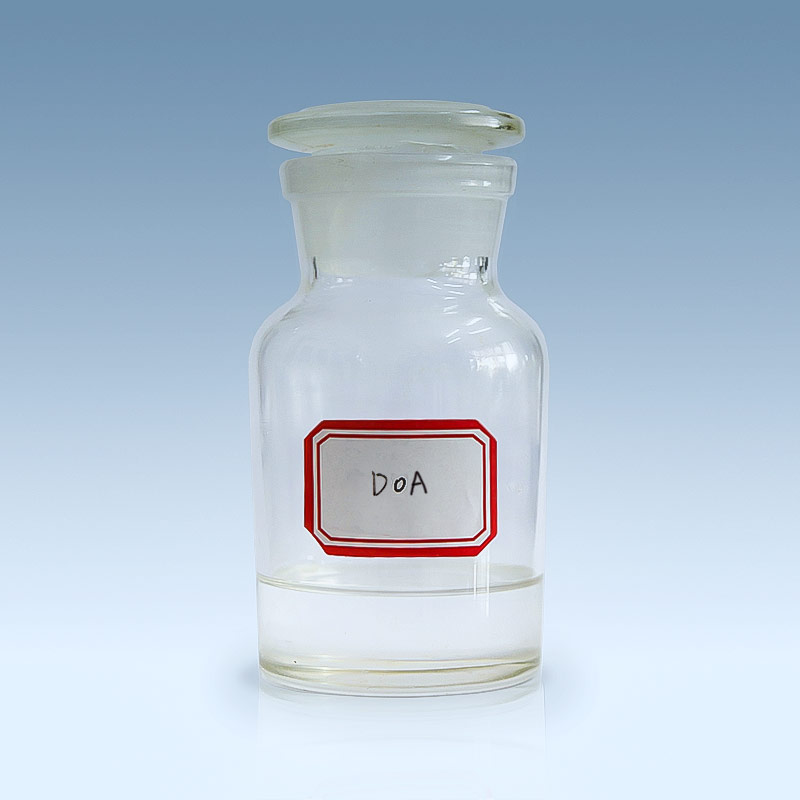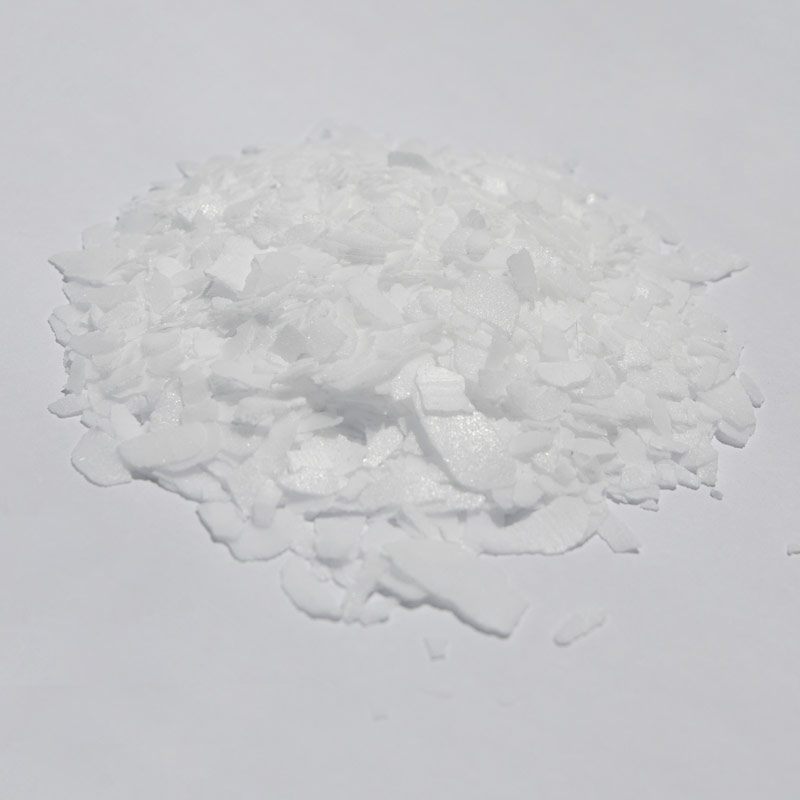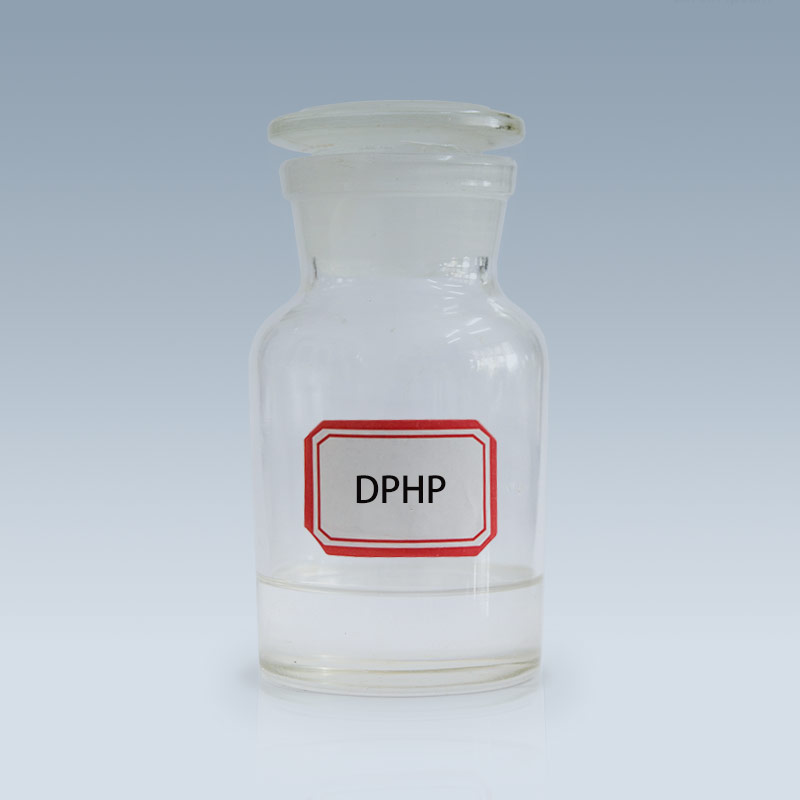The world of plastics is dominated by an array of additives, and among the most critical are plasticizers, which impart flexibility and durability. Di-propylheptyl phthalate, commonly known as DPHP, stands out from its counterparts due to its unique chemical structure and performance profile. While many plasticizers, particularly traditional ones like DEHP, have faced scrutiny over health and environmental concerns, DPHP represents a modern evolution, offering a balance of high performance and a more favorable regulatory standing.
The Chemical Distinction: DPHP vs. Phthalates
The primary distinction of DPHP lies in its molecular design. While DPHP is technically a phthalate, its structure is different from the legacy, low-molecular-weight phthalates that have raised the most alarm. The "propylheptyl" side chain is larger and more branched than the chains found in DEHP (diethylhexyl phthalate) or DINP (diisononyl phthalate). This larger, bulkier structure is key to DPHP's improved properties.
-
Low Volatility: The high molecular weight of di-propylheptyl phthalate means it has significantly lower volatility than many other plasticizers. This is a major advantage, as it reduces the amount of plasticizer that can migrate out of the product over time. For applications like car dashboards or wire insulation, this translates to a longer product lifespan and less “fogging” or off-gassing.
-
Durability and Migration Resistance: The chemical structure of DPHP makes it less likely to be extracted from the plastic by liquids or oils. This makes it an ideal choice for durable applications like roofing membranes or flooring, where long-term performance is critical. Other plasticizers, especially those with lower molecular weights, are more prone to migration, which can lead to embrittlement and a reduction in the material's properties over time.
Performance Advantages in Specific Applications
DPHP's unique properties make it a go-to choice for several demanding applications where traditional plasticizers fall short. Its excellent performance at both high and low temperatures sets it apart.
-
High-Temperature Performance: DPHP exhibits superior thermal stability compared to many conventional plasticizers. This makes it suitable for use in high-heat environments, such as automotive interiors where dashboards are exposed to direct sunlight, or in the insulation of electrical cables. It resists degradation and maintains flexibility under conditions that would cause other plasticizers to fail.
-
Low-Temperature Performance: Despite its high molecular weight, the structure of DPHP plasticizer allows it to maintain flexibility at cold temperatures. This is crucial for products like outdoor cables and waterproof membranes that need to remain pliable in freezing conditions. It offers a broad operating temperature range that is a significant competitive advantage.
-
Compatibility: DPHP is highly compatible with a wide range of polymers, particularly PVC. This allows formulators to achieve desirable properties without the need for complex blends of different plasticizers, simplifying the manufacturing process and often leading to a more cost-effective final product.
In conclusion, while many plasticizers serve the same fundamental purpose, the differences lie in the details of their molecular structure and resulting performance. Di-propylheptyl phthalate (DPHP) distinguishes itself with a unique balance of low volatility, high durability, and broad temperature performance, making it a preferred choice for modern, high-performance applications where safety and longevity are paramount.



 English
English 中文简体
中文简体
